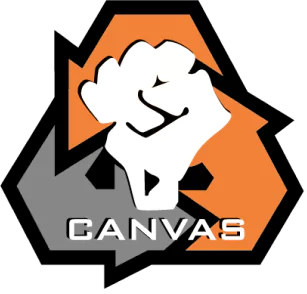Jan 1, 2007-2007
Bangladesh
Awami Blockade
Share
ACTIVISTS/ACT.GROUPS/DESCRIPTION OF THE GROUP
Awami League
TARGET
The Caretaker Government of Bangladesh; the Bangladesh Nationalist Party
WIDELY HELD BELIEF
Elections should be free and fair.
CASE NARRATIVE
Issue and Opponent: Opposition parties, led by the main Awami League party, opposed the corrupt influence of the BNP on the interim caretaker government, and were unhappy with the planned general elections that the interim government wanted to hold on January 22nd, citing fraudulent voter lists with millions of bogus names.
Dilemma Action: The Awami League, leading a coalition of 14 other parties, agreed on January 3rd to boycott the planned January 22nd general elections, knowing of the manipulation by the caretaker government and the BNP, and actively “resist the voting”. The opposition asked for President Iajuddin Ahmed, leader of the caretaker government, to step down as he had proved his inability to be impartial in the position, and for a new legitimate voter list to be published. The critical moment was when the opposition organized a three-day transportation blockade aimed at applying pressure on President Iajuddin Ahmed to step down. Blockades had been outlawed but protesters resorted to trying one when they were told that there were not be a delay to ensure a free and fair election as they desired. The blockade suspended deliveries and blocked neighborhoods. The protesters were met with severe violence that reflected badly on the government.
Outcome: On January 11th, President Iajuddin Ahmed stepped down due to the opposition’s pressure and the withdrawal of foreign election monitors. The caretaker government remained in control until elections were held in 2008, with the Awami League coming to power with the BNP then comprising the majority opposition.
PRIMARY STRUGGLE/GOAL
NONVIOLENT TACTICS USED
DA TACTICS USED
Stand-in
CASE NARRATIVE WRITER
SUCCESS METRICS
7 / 12
(CONC) Concessions were made
(MC) Media Coverage
(OR) Opponent response
(PUN) Punishment favored the activists
(REFR) Dilemma action reframed the narrative of the opponent
(RF) Dilemma action reduced fear and/or apathy among the activists
(SA) Dilemma action appealed to a broad segment of the public
PART OF A LARGER CAMPAIGN
3 / 3
Activist group continued working together after the action
Encouraged more participants to join the movement
Internally replicated by the same movement
RESOURCES
Project documentation
Dilemma Actions Coding Guidebook
Case study documentation
Dilemma_Actions_Analysis_Dataset
SOURCES
Sengupta, Somini. 2007. “Bangladesh Leader Declares State of Emergency,” The New York Times. Retrieved July 22, 2023. (https://www.nytimes.com/2007/01/11/world/asia/11cnd-bengla.html#:~:text=NEW%20DELHI%2C%20Friday%2C%20Jan.,in%20less%20than%20two%20weeks.).
Davison, Catherine. 2022. “The country trailblazing the fight against disasters,” Future Planet. Retrieved July 22, 2023. (https://www.bbc.com/future/article/20220719-how-bangladesh-system-fights-cyclones-climate-disasters).
Al Jazeera. 2006. “Strike paralyses Bangladesh capital,” Retrieved July 22, 2023. (https://www.aljazeera.com/news/2006/12/21/strike-paralyses-bangladesh-capital).
Related cases
Jun 1, 1982-1986
Germany
Shortly after the Chernobyl meltdown, a concert was organized in Wackersdorf to protest the planned construction of a nuclear waste recycling facility near the city.
/
Mar 13, 2012-2012
Armenia
Building pavillions had been moved to Mashtot Park, thereby obstructing limited green space. Activists were having difficulty getting responses from the municipality t...
/
Sep 26, 2015-2015
Republic of Serbia
In 2015, the public in Belgrade, Serbia was dissatisfied with the Waterfront objectives proposed by PM Aleksander Vuvic, as they would block some of the city’s best vi...
/
Subscribe to our newsletters to get full access to all materials on our website.

